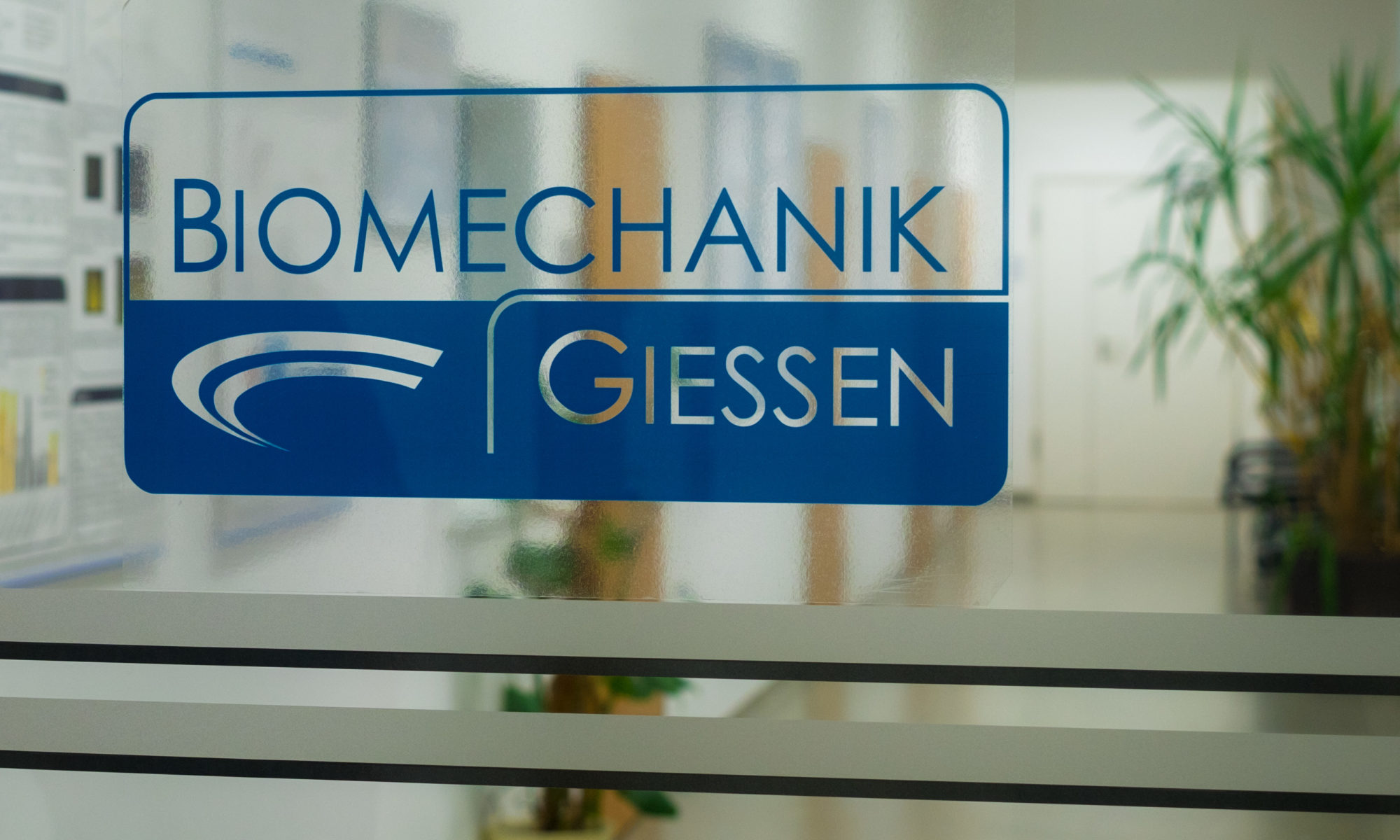Fölsch C 1 2 , Bok J 2 , Krombach GA 3 , Rickert M 1 2 , Fonseca Ulloa CA 2 , Ahmed GA 1 2 , Kampschulte M 3 , Jahnke A 2
J Orthop. 2020 Sep 19:22:414-421.doi: 10.1016/j.jor.2020.09.011. eCollection 2020 Nov-Dec.
- Department of Orthopaedics and Orthopaedic Surgery, University Hospital Giessen and Marburg (UKGM), Justus-Liebig-University, Klinikstrasse 33, 35392 Giessen, Germany.
- Laboratory of Biomechanics, Justus-Liebig-University Giessen, Klinikstrasse 29, Germany.
- Department of Diagnostic and Interventional Radiology, Laboratory for Experimental Radiology, Justus-Liebig-University Giessen, Klinikstrasse 33, 35392, Giessen, Germany.
Abstract
Abstract
Introduction: Morphology and mechanic properties of impacted cancellous bone are affected by carrier substances which provide high local concentrations of antibiotics.
Methods: Bone chips were taken from the femoral head of 6-7 months old piglets. One half was thermodisinfected and the other remained native. Ten specimens each were mixed with Herafill® antibiotic pellets and a control group of each 10 specimens respectively was examined. The cancellous bone was impacted according to Exeter technique and the implants were cemented. The distribution of the particles and the pores were defined with three dimensional computertomographic scan and shear force resistance was measured until failure.
Results: Shear force resistance was not measured significantly less for thermodisinfected (2.7 Nm) compared with native bone (3.5 Nm) and addition of antibiotic pellets reduced shear force resistance in both groups since this was significant for the native group. The average pore volume of the native bone specimens appeared significant smaller compared to the thermodisinfected group (p = 0.011) and the pore volume showed a negative correlation with shear force resistance (p = 0.044). Pore volume around the pellets was found significantly increased and it appeared smaller for native bone. The number of pellets located next to the implant showed a negative correlation with shear force resistance (p = 0.034) and the negative correlation increased for pellets below the tip of the shaft model (p = 0.024).
Conclusion: Adding antibiotic pellets to native and thermodisinfected impacted cancellous bone increased pore volume since the area around the pellets showed increased porosity which correlated with reduced shear force resistance. Computertomographic three dimensional measurement of porosity might predict shear force resistance of impacted cancellous bone and improve impaction of bone grafting intraoperatively.
Keywords: Antibiotic carrier; Femoral impaction bone grafting; Native cancellous bone; Porosity bone graft; Shear force resistance; Thermodisinfected bone.
